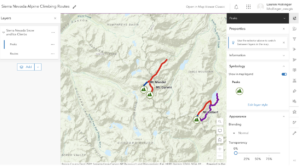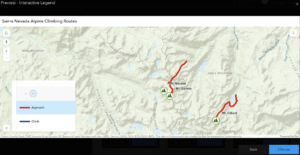5 main types of content in Web ArcGIS
- Data: supports data in many formats CVS, shapefiles, GPS Exchange Format, JavaScript Object Notation (GeoJSON), photos, imagery, geodatabases.
- Layers: Esri geospatial cloud hosts many layers including, feature layers, tilled layers, vector tiles, map image, image layers, scene layers, CSV layers, tables, and Open Geospatial Consortium, Web Map Services, web Map Tile Services, and web Feature Services.
- Web maps + scenes: web maps are 2D, scenes are 3D and they male up 1 or multiple layers + allow sophisticated layer configuration like style, pop-ups, access permission, and labels.
- Tools: Tools perform analytical functions like geocoding, routing, generating PDF files, summarizing data, finding hot spots, and analing proximity.
- Apps: GIS apps were made to work on mobile devices, desktops, and browsers.
Main user types + privileges for the essential app bundle
- Viewer→ can view items, can’t create, edit, share, or analyze items.
- Storyteller → can create stories and express maps, can’t create other types of content.
- Editor → can view and edit data, can’t analyze, create, or share items.
Mapping styles
- Heat map → displays the relative density of points as smoothly varying sets of colors ranging from cool to hot
- Color and size → uses symbol color and size to show one or two numeric fields
- Compare A to B → displays the relationship between 2 numeric fields using ratio or percentage
- Relationship → Visualize the relationship between two number fields using bivariate choropleth mapping
- Predominant → displays the predominant category or level of predominance among two or more fields.
- Dot Density → uses dot density (and color) to display the distribution of one or more numeric fields.
- Type and Size → represents numeric fields by size and category fields by color.
- Continuous timeline (color or size) → uses colors or sizes to represent data sequentially from new to old.
- Vector field → uses direction and magnitude to display imagery data.
Include a few-sentence description of an application based on ideas from Chapters 1 & 2.
Over the summer I worked as an intern for a highway road and bridge project happening on the east side of Columbus . I would create an application to show the yard’s where material is being stored and the field offices and other storage trailers. I would make a feature of where the new road will cover and a feature for temporary roads, exits, etc. I would also add descriptions to the yards and what material is currently being stored at that location. I could also make a layer of pipe installed/ removed so it would be easier for foreman, operators, and labores to visualize so accidents can be prevented. Another feature could also be oil, gas, paint spills made on the job over the whole project just so either the city can have that information for their records and any clean up crews that might be needed after the project is finished. If we wanted information on safety around construction zones a layer could be made of accident reports and a description of the severity of the accident can be made whether that be workers or vehicle crashes.
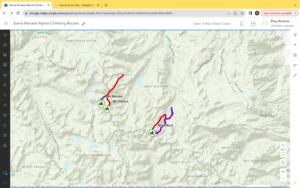
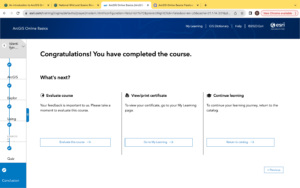
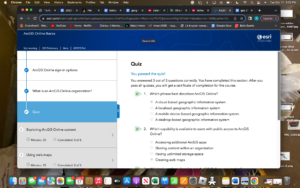

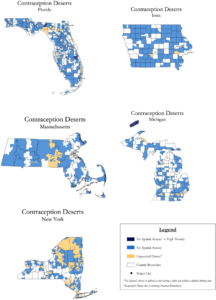


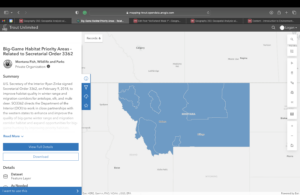
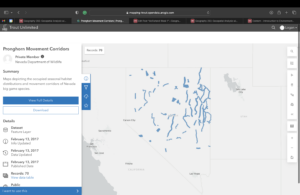 A
A